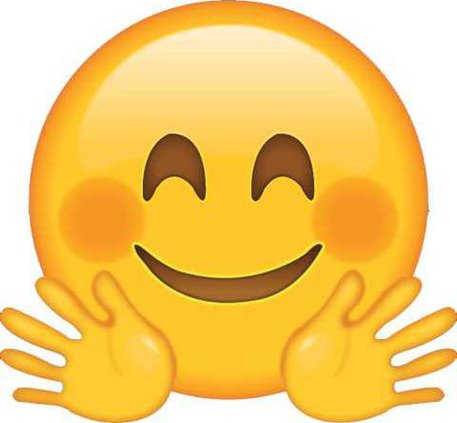Emojis are everywhere: scattered throughout text messages, on social media sites, in dictionaries — even in museums. And now, with the release of “The Emoji Movie” this weekend, they’ve invaded movie theaters, too. Love ‘em or hate ‘em, emojis are an almost inescapable part of 21st-century life.
What you probably didnt know about emojis


Sign up for our e-newsletters